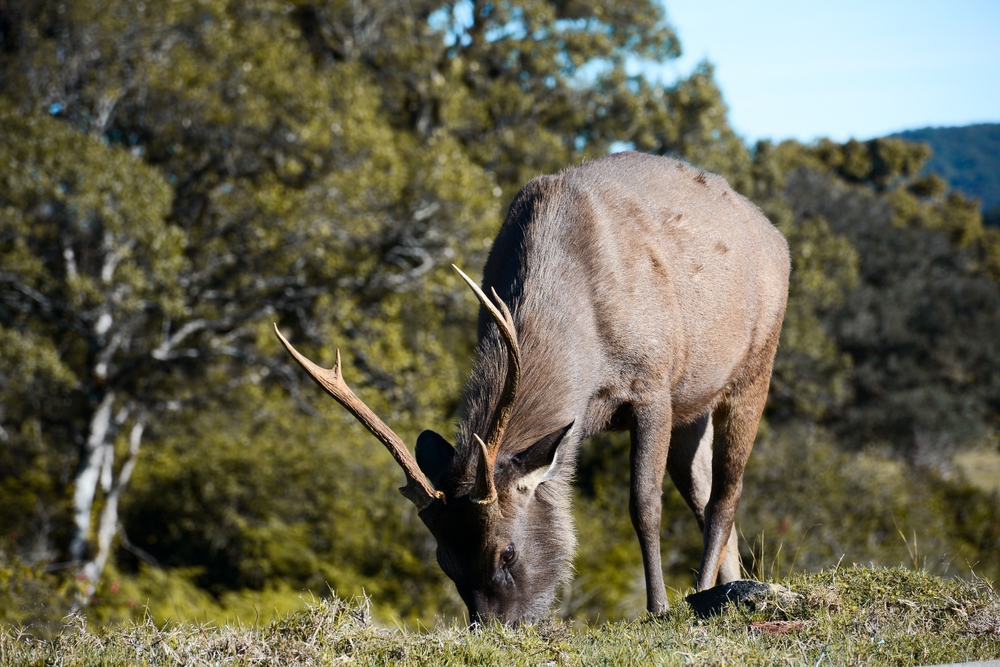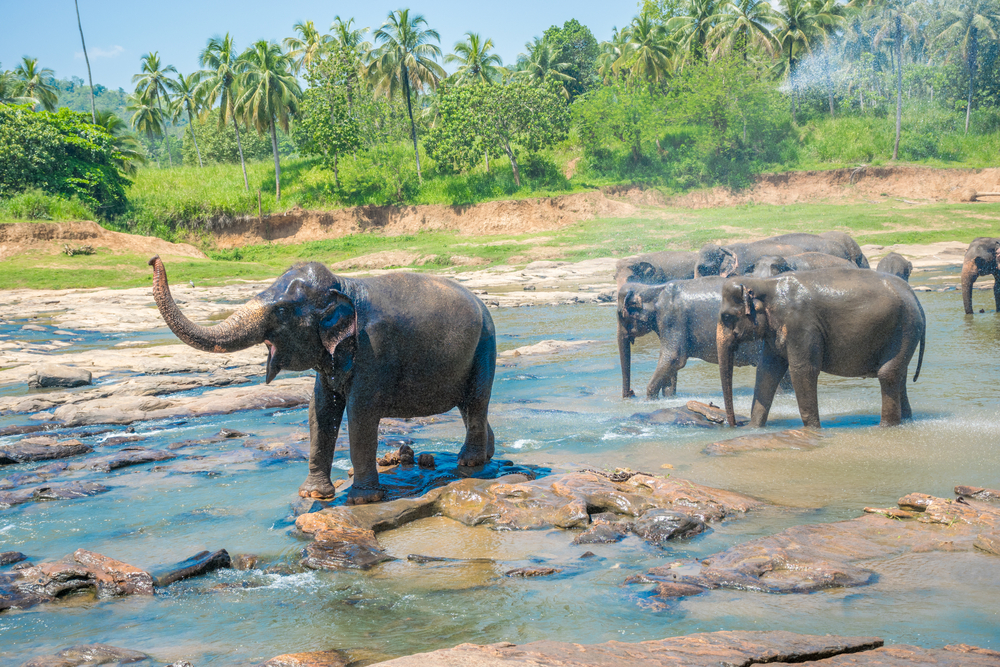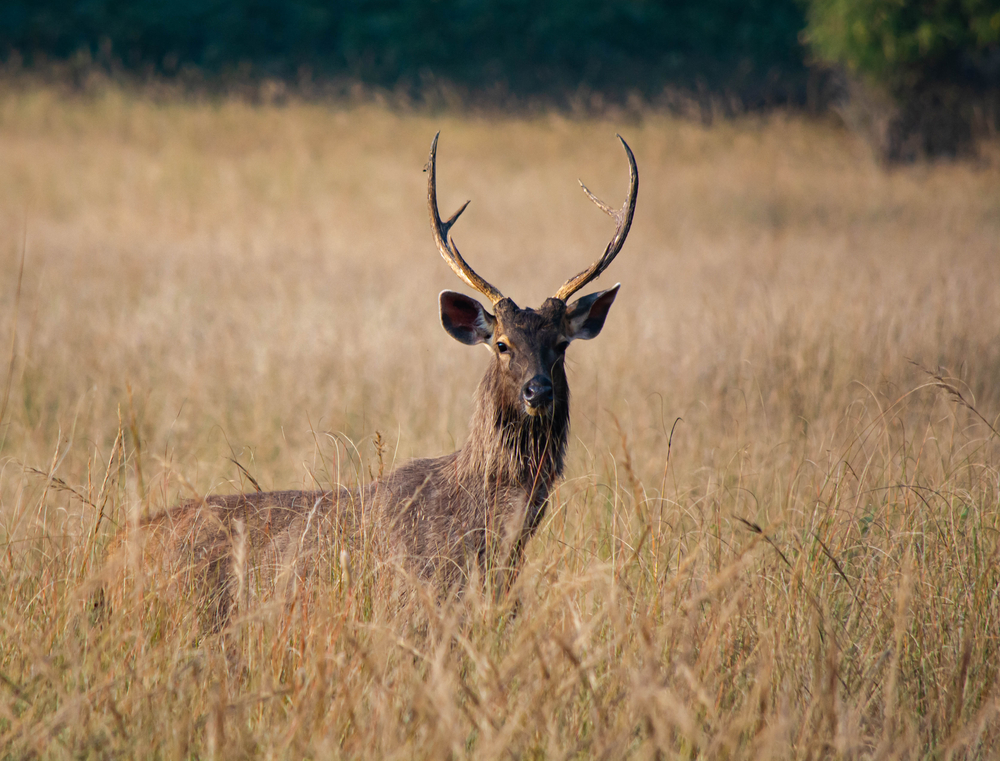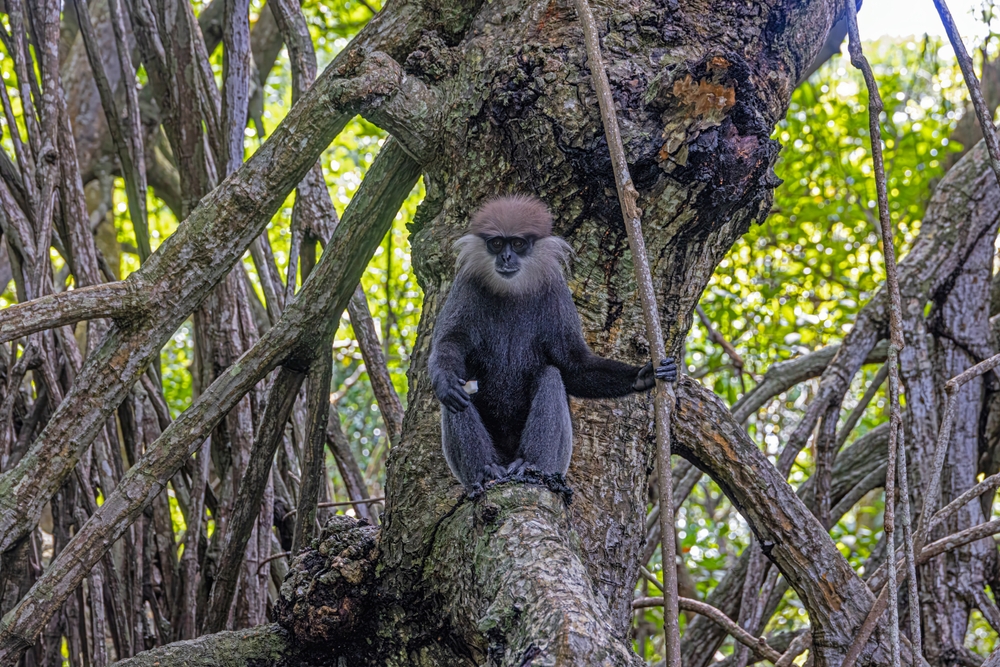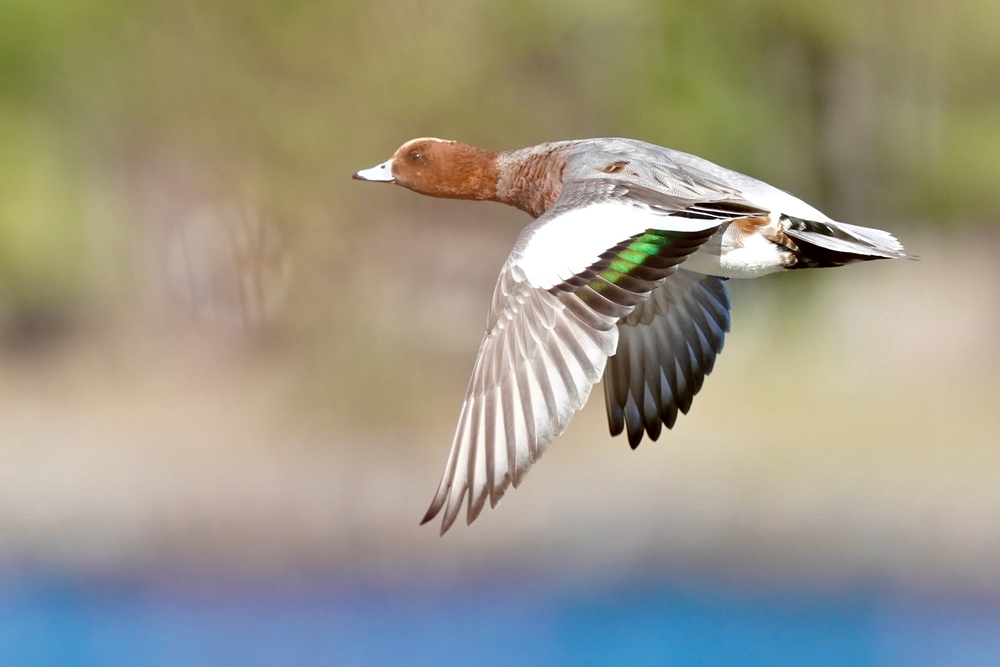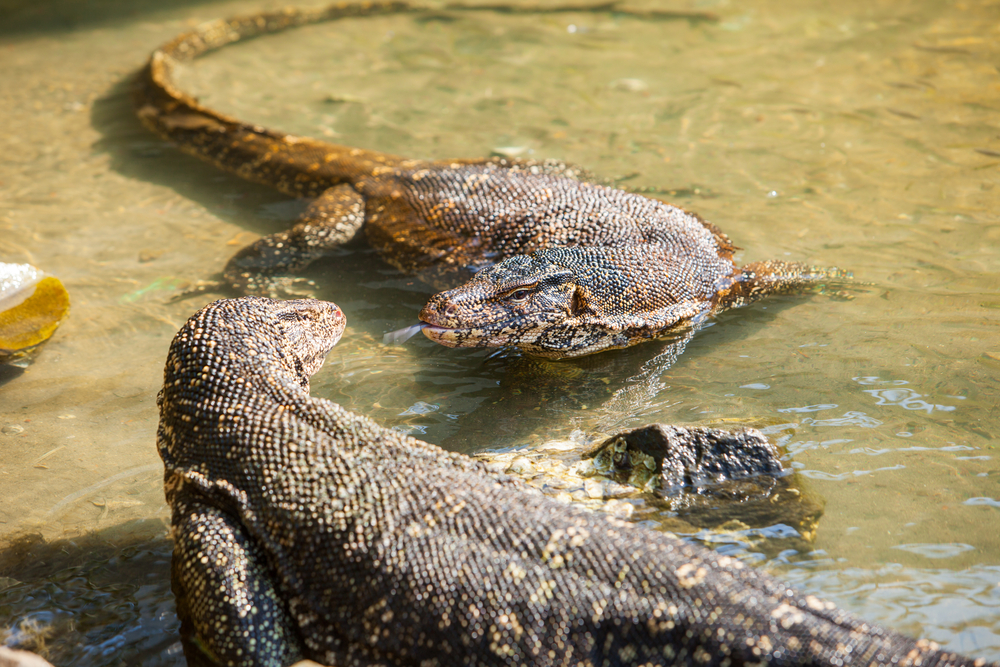Horton Plains Overview
Horton Plains National Park, known locally as හෝර්ටන් තැන්න ජාතික උද්යානය in Sinhala and ஹார்டன் தலைவன மலை in Tamil, is a breathtaking plateau located in the central highlands of Sri Lanka. The park spans approximately 12.5 square miles (32.5 square kilometers) and sits at an elevation of about 7,200 feet (2,200 meters) above sea level. Positioned near Nuwara Eliya and Ohiya, it is part of the Central Highlands, which have been recognized as a UNESCO World Heritage Site due to their unique biodiversity and ecological significance.
The terrain of Horton Plains is characterized by undulating hills, expansive grasslands, and patches of cloud forest. It is a mist-laden plateau where lush greenery contrasts against dramatic escarpments. The iconic World’s End viewpoint offers a sheer drop of about 4,000 feet (1,200 meters), providing unparalleled views on clear days that stretch as far as the southern coast. Another striking feature of the park is Baker’s Falls, a picturesque 66-foot (20-meter) waterfall surrounded by vibrant greenery. The park’s vegetation is a mix of montane forests and wet patana grasslands, which host a wide range of plant species, including several endemic ones, such as the Rhododendron arboreum zeylanicum.
Horton Plains is a haven for wildlife enthusiasts and bird watchers. The park shelters several endemic and endangered species, making it a biodiversity hotspot. Among mammals, the sambar deer is the most frequently sighted, often seen grazing in the open plains. Lucky visitors might also encounter the Sri Lankan leopard, a rare and elusive predator. Other species include the toque macaque, purple-faced langur, and the Sri Lankan giant squirrel. For bird enthusiasts, Horton Plains is a paradise with over 90 bird species, including the Sri Lanka blue magpie, dull-blue flycatcher, and yellow-eared bulbul, many of which are endemic to the region.
One of the park’s most popular attractions is trekking. The circular trail, approximately 5.5 miles (9 kilometers) long, takes visitors through scenic landscapes, including the iconic World’s End and Baker’s Falls. This trail is a must-do for anyone visiting the park, providing a mix of physical activity and unparalleled natural beauty. Guided tours are available for those who want deeper insights into the park’s ecology and history. Visitors can also enjoy early morning bird-watching expeditions or wildlife spotting along the trails.
Conservation efforts at Horton Plains have faced challenges such as invasive plant species, illegal poaching, and human-induced fires. However, significant strides have been made in restoring native habitats and promoting sustainable tourism. Strict regulations, such as prohibiting plastic items and limiting visitor numbers, help minimize the environmental impact. Additionally, the park’s inclusion in the Central Highlands World Heritage Site underscores its global importance, ensuring ongoing attention to its preservation.








































































